The State of Electric Vehicle Sales in the United States
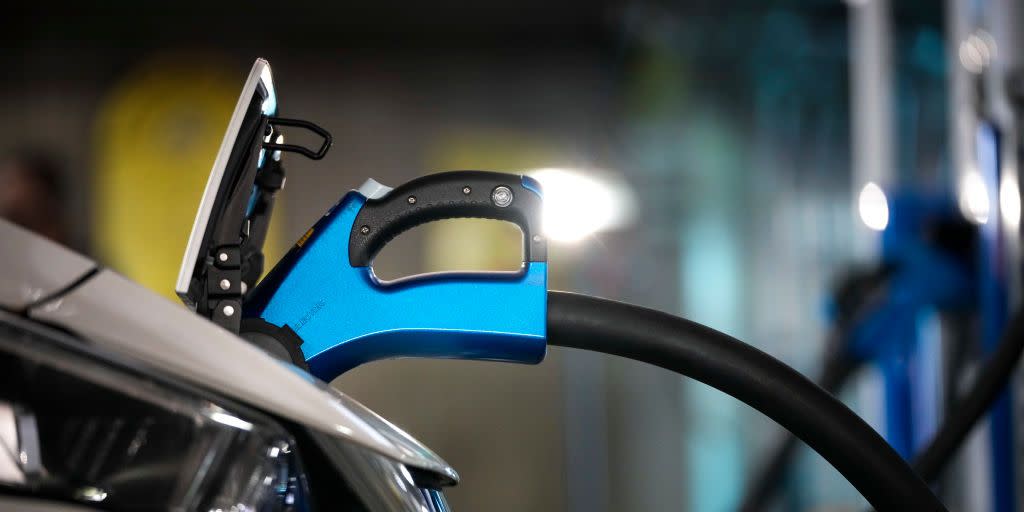
US Electric Car Sales
Electric vehicle sales in the United States is an interesting subject. Despite having well over 200 million licensed drivers, the number of those drivers that purchase electric vehicles is well below that of many countries worldwide. And while the United States did see a sharp increase in electric-vehicle registrations at the start of 2022, bringing EV share of the overall market up to a historic 4.6%, electric vehicles still account for a small portion overall compared with the rest of the world, which reached an 11% share in 2o22—and is light years behind the numbers that European countries such as Norway and Iceland put up. Electric vehicles comprise almost 80 percent of new vehicle sales in Norway, and in Iceland the number is a still respectable 60 percent.
The automobile market varies greatly from place to place within the U.S. itself. Californians buy more EVs than drivers in any other state, which also extends to plug-in hybrid and hybrid sales numbers. Market share for electric vehicles tends to be strongest in metropolitan areas, but the numbers drop sharply in less densely populated rural areas.
Factors Impacting EV Sales in the U.S.
Electric vehicle sales can be impacted by a number of factors, many of which are being actively addressed through infrastructure plans and improvements in technology and hardware.
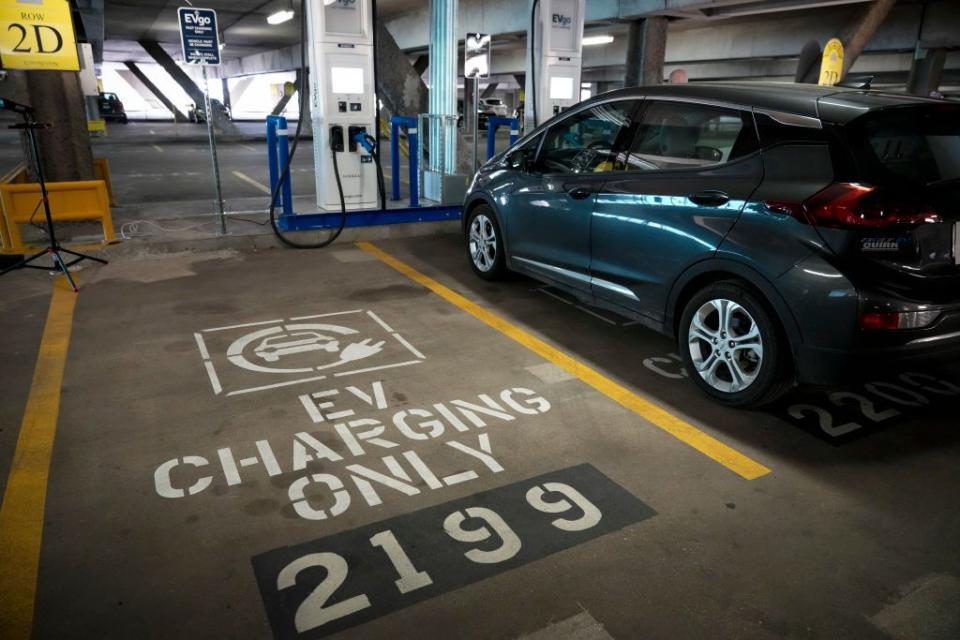
Charging Infrastructure
Rather than a gas tank and liquid fuel, electric vehicles use battery packs to store energy for their propulsion system. This means that an EV driver must find a charging station when their vehicle's driving range becomes low, which can be a real challenge in rural areas or places with fewer drivers in general. It can be difficult for people to warm up to the idea of buying an EV in these places, because the charging infrastructure isn't in place to support them.
Purchase Price
Pricing is another major factor that weighs on buyers' decision to pick up a new EV. Automakers' pricing for electric vehicles has become more reasonable in recent years, but they are still more expensive than their gasoline-powered counterparts. There are exceptions, but most vehicles in the EV market cost more than a similar gas model. Some automakers have leaned into the exclusivity that EV pricing suggests, releasing ultra high-performance luxury EVs with sky-high price tags.
Knowledge and Learning
Part of the challenge for EV industry growth is consumer education and public perception. Hybrid vehicles and plug-in hybrid models have been popular and on sale for several years now, making them more familiar for people in the market for a new vehicle. While electric cars have been around for well over 100 years, people still perceive them as being new and futuristic. Automotive brands are hard at work to educate buyers about battery cells (including battery lifetime management/care) and charging, but electric vehicle growth in the coming years will depend heavily on how much information automakers can get into people's hands.
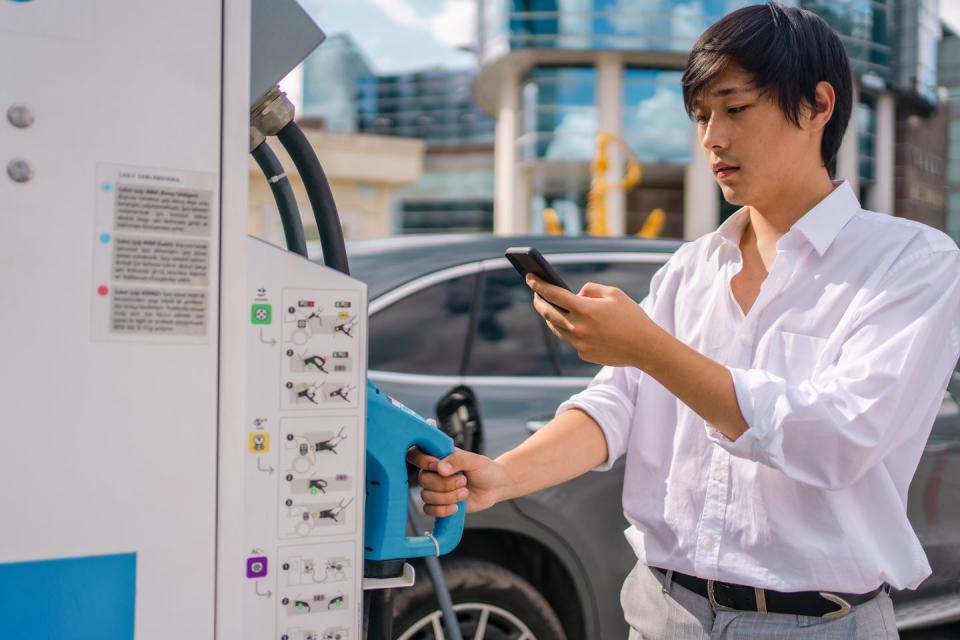
Social Stigma
Public opinion is a fickle thing, but perceptions about certain types of vehicles can make or break their market performance. Think about minivans for a moment. They are, by far, the best and most practical vehicles for families, but many people refuse to be seen in one. The perception of minivans as being frumpy, boring, given-up-on-life vehicles isn't true at all, but it's lodged in the minds of car buyers everywhere. That's why so many families end up with utility vehicles instead of a trusty van. To a degree, the same is true for EVs. The thought that driving a BEV, hybrid, or PHEV makes one a "tree hugger" or "self-righteous enviro-nerd" was a much larger problem in the past than it is now, but there is still a stigma around EV drivers. This can be especially true in areas where, say, pickup trucks rule supreme.
Production
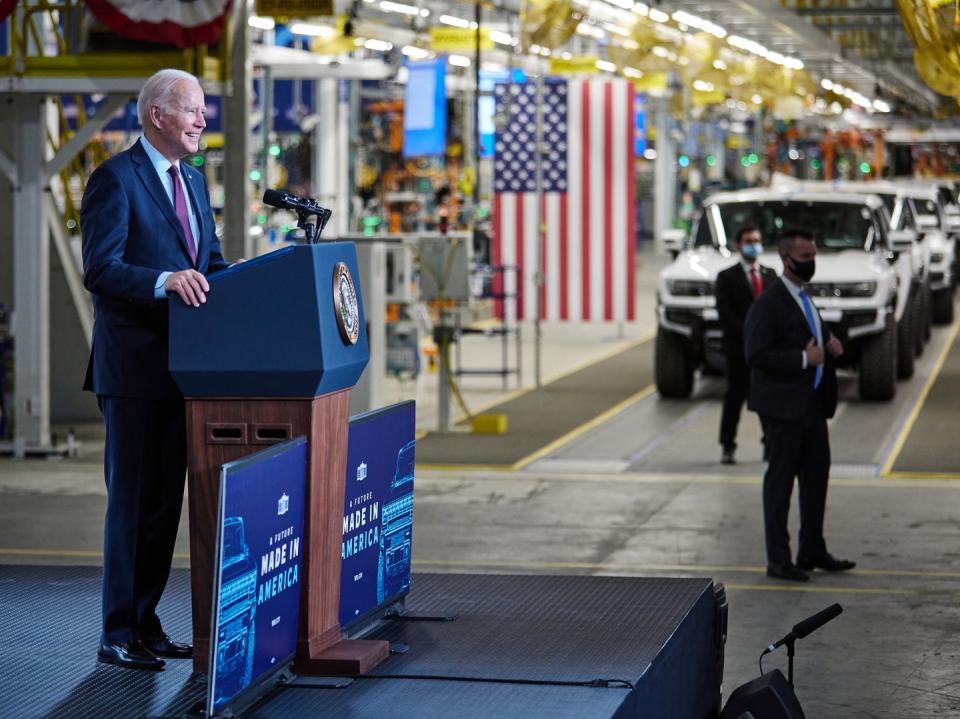
The United States is home to some of the world's most prominent automakers, nearly all of which have announced plans for electrifying their vehicle lineups. To support the increasing electric vehicle sales growth, many companies are constructing new production facilities or are revamping existing factories to build the high-tech cars. Many vehicles are built here already, with more on the way in the coming years.
Others are built in neighboring countries, including Mexico and Canada, and a large number of hybrids and plug-in hybrids are made across North America.
Automakers Focus on In-House Capability
In the wake of a tragic and deadly global pandemic, the vehicle market is in an interesting place. As news spread that the coronavirus was spreading quickly, nearly all global auto brands shuttered vehicle production temporarily.
The sudden decline in new vehicle volume pushed buyers to the used auto market, which caused a jump in prices for almost all vehicles, regardless of condition. For automakers, production headaches were compounded by a worldwide microchip shortage that made it nearly impossible to build new vehicles with all of the tech and features buyers demand, with the war in the Ukraine adding more supply chain pains.
The lasting effects of the chip shortage and pandemic are yet to be seen, but a few different scenarios could be on deck for automotive sales growth in the coming years. The chip shortage forced brands' executives to inspect their supply chains with a much more critical eye.
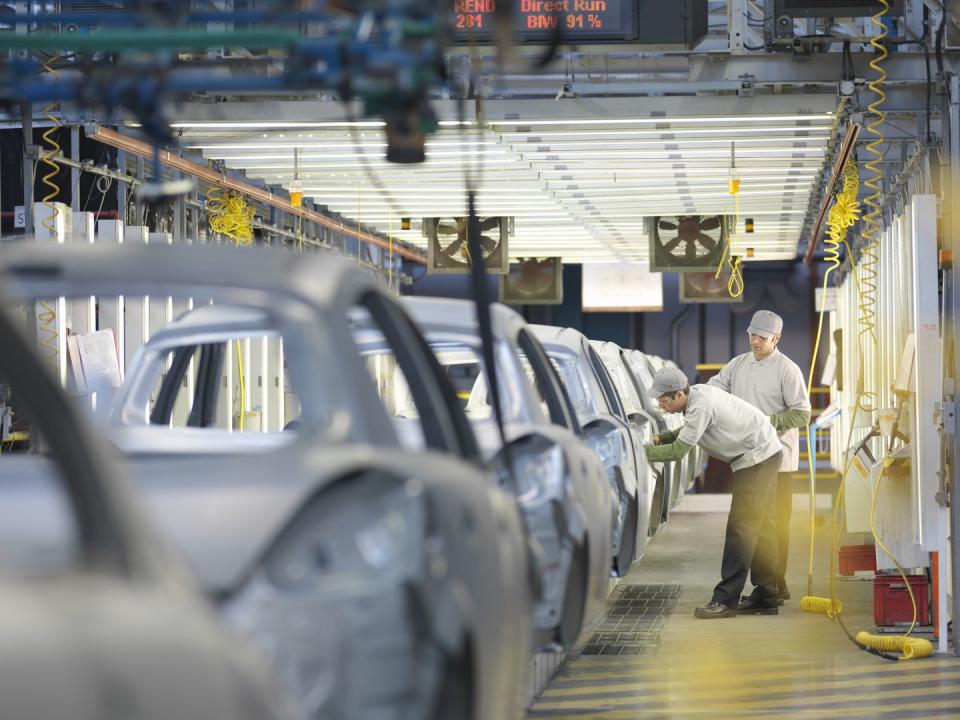
The practice of just-in-time (JIT) manufacturing was a big part of the problem for many automakers. The JIT strategy ties the purchasing of raw materials and production supplies with the overall production schedule, which means there is almost no warehousing of components and parts. Instead of having a supply of microchips on hand to support the production lines, many auto brands were faced with no inventory and no way to order more.
Realizing that the global supply chain could let them down without notice and at any time, automakers in the U.S., Europe, and elsewhere have begun focusing on in-sourcing much of the research, development, and production of EV components. This includes a push to innovate with more efficient and safer lithium-ion battery packs, collection of data on EV and battery performance, and solid state battery development.
Moving battery development and other processes in-house helps alleviate automakers' reliance on the supply chain in countries such as China, which holds around 75 percent of the global lithium-ion battery production capacity.

